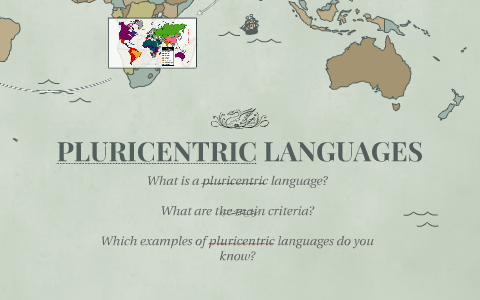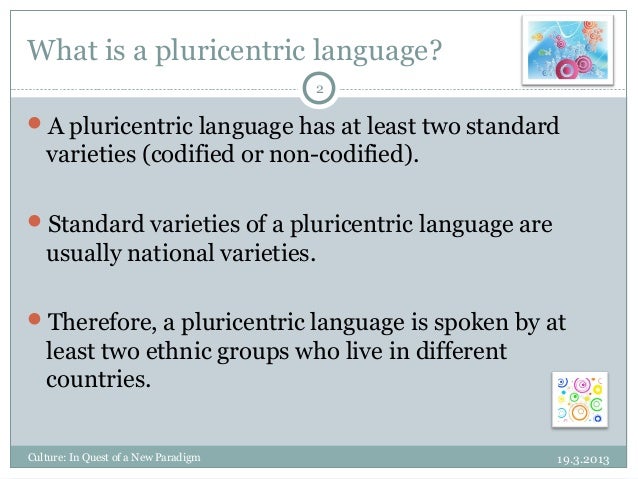A pluricentric or polycentric language is one that has multiple standard varieties originating from different regions and communities english and german are two of the most common

A Pluricentric Language: Exploring the Diversity of English and German

In today’s globalized world, language plays a significant role in communication and cultural exchange. It is fascinating to discover how languages evolve and adapt, incorporating diverse influences from different regions and communities. One such linguistic phenomenon is pluricentric or polycentric languages, which have multiple standard varieties originating from various parts of the world.
What is a Pluricentric Language?
A pluricentric or polycentric language is one that has distinct standard varieties or dialects, each recognized and used as a standard form within its respective region or community. These standard varieties, while sharing a common linguistic foundation, may have unique vocabulary, grammar, and pronunciation peculiarities.
English: A Pluricentric Language
English, without a doubt, is one of the most widely spoken languages worldwide. It is also a prime example of a pluricentric language. English has different standard varieties such as British English, American English, Australian English, Canadian English, and more. Each variety has its own distinct features and conventions, influenced by the history, culture, and geographical location of the respective region.

For instance, British English is known for its distinctive spellings, such as “colour” and “centre,” while American English prefers “color” and “center.” Pronunciation variations are also apparent, with differences in accent and intonation patterns. Additionally, idiomatic expressions and vocabulary choices differ between these standard varieties, enhancing the richness of the language.

Similarly, Australian English, originating from the Land Down Under, has its unique lexicon and pronunciation. Words like “mate,” “barbie” (meaning barbecue), and “brekkie” (meaning breakfast) are part of the vibrant Australian slang. The distinctive accent, often portrayed in popular culture, adds to the allure of this pluricentric English variety.
German: A Polycentric Language
Similarly, German also exhibits pluricentric characteristics, with its standard varieties originating from different German-speaking countries. While all variations share a mutual intelligibility, they have distinct features molded by their respective local cultures and historical influences.

German varieties include Standard German (Hochdeutsch), Austrian Standard German, Swiss Standard German, and more. These varieties differ in vocabulary choices, intonation patterns, and word usage, making them culturally unique and fascinating.
Starting with Standard German, it is the variety used as the standard language in Germany. The grammar, vocabulary, and pronunciation in this variety are considered the benchmark for the language. Austrian Standard German, on the other hand, incorporates influences from Austro-Bavarian dialects, resulting in specific vocabulary and idiomatic expressions commonly used in Austria.
Swiss Standard German, spoken in Switzerland, showcases variations in vocabulary and pronunciation as well. The Swiss dialects and cultural peculiarities contribute to the distinctiveness of this variety. Other German-speaking countries also have their variations, offering a diverse array of German languages.
Embracing Language Diversity
Pluricentric or polycentric languages like English and German embody the richness of linguistic diversity across regions and communities. They demonstrate how languages evolve, adapt, and reflect the cultural nuances of their speakers. Embracing these variations not only allows for effective communication between different regions but also promotes cultural understanding and appreciation.
As global citizens, it is important to recognize and respect the pluricentric nature of languages. By understanding the differences and similarities among their various standard varieties, we can foster stronger connections and bridge cultural gaps.
Tags
Share
Related Posts
Quick Links
Legal Stuff

